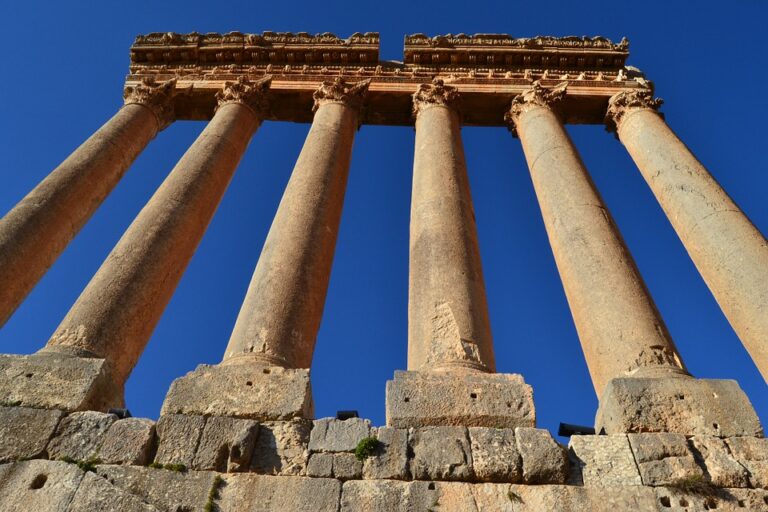At sunrise in Lebanon, the sky clears over all the sites surrounding the capital, Beirut. Eager to experience new adventures in the country of the Cedars, I strongly advise you to take a trip to an ancient site called Baalbek, which houses an ancient Phoenician city dedicated to the god Baal, god of life and fertility. , which was then embellished by the Romans, who made it an architectural treasure. Today it is one of the most famous sanctuaries in the Roman world and a model of Roman architecture from the Imperial period.
Through the Mount Lebanon mountain range, just 80 km from Beirut, the route offers an exceptional landscape through the Bekaa plain. You will find yourself a little closer to Syria. The road to Baalbek can sometimes be congested. But after two and a half hours on the road, the detour is worth it, to enrich yourself with the very impressive history of the region. Welcome to Baalbek, and more precisely to the ancient site of the ruins of Baalbek, among the largest and best preserved of Roman architecture.
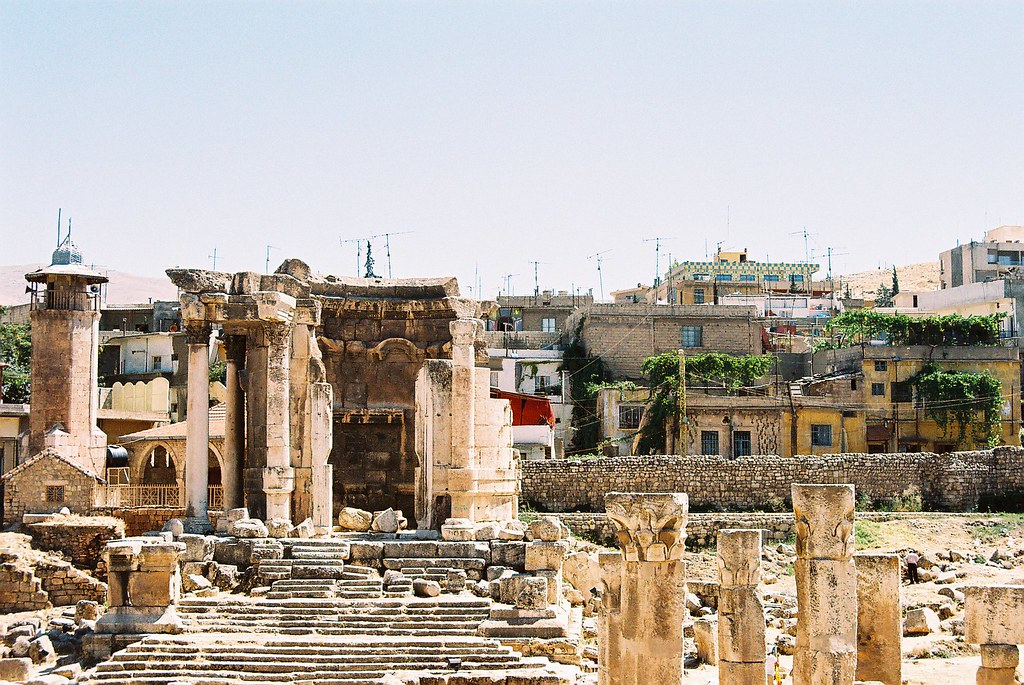
The gigantic proportions of this Roman acropolis will not fail to impress you. The ruins of Baalbek welcome you, winter and summer, either in a multicolored atmosphere and majestically snow-white peaks; or under a warming sun, sometimes unbearable in summer.
The ideal is to start the visit very early in the morning to spend a good two hours enriching yourself with the surprising stories of the site.
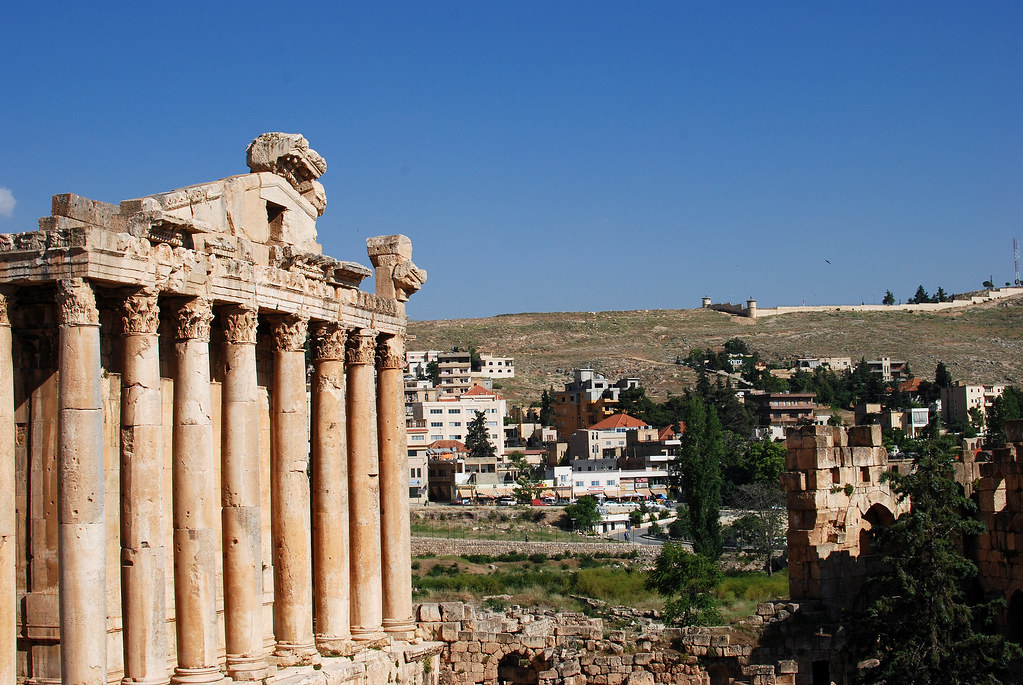
Temples, ruins and propylaea form the ruins of Baalbek. This ancient city located north of the Bekaa plain in Lebanon is impressive. It was built over 5,000 years ago by the Phoenicians, the ancestors of the Lebanese. A site which, despite the thefts, earthquakes and the various wars that have crossed it, has managed to keep the authenticity of its original archeology thanks to the intervention of Lebanese, French and German archaeologists.
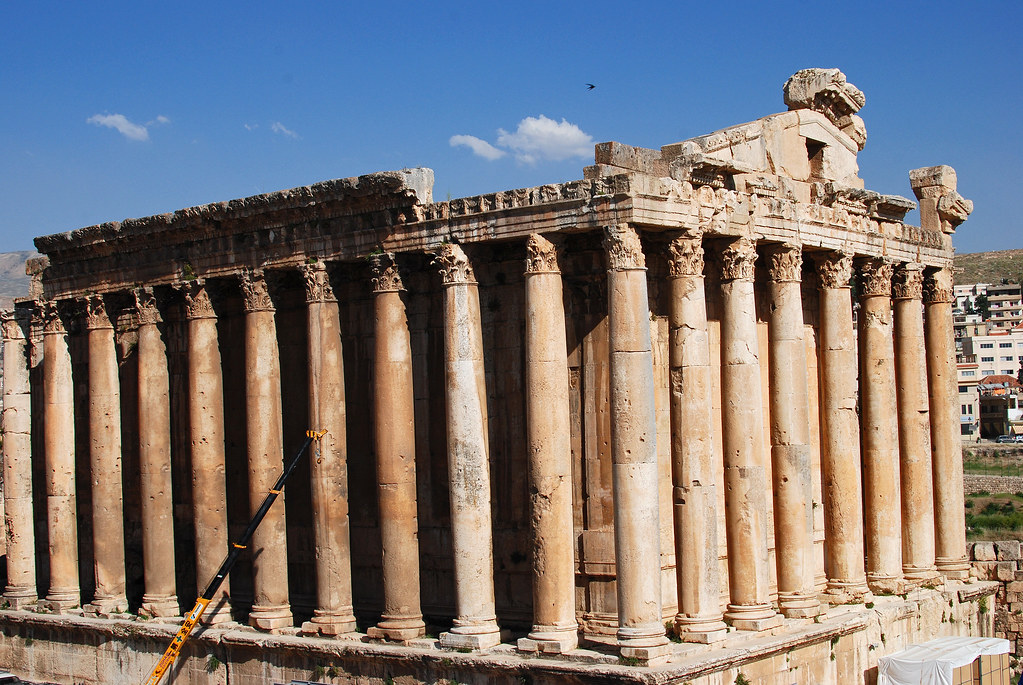
Discover the propylaea, a veritable vestibule with columns that form the entrance to the sanctuaries. A marvel that can be accessed from a monumental staircase built by German archaeologists between 1900 and 1904.
In all, there are 12 granite columns and white stone benches. The route leads to the Hexagonal courtyard, a space in the shape of an oriental star, built in the 3rd century AD and formerly dedicated to the contemplation or relaxation of the faithful.
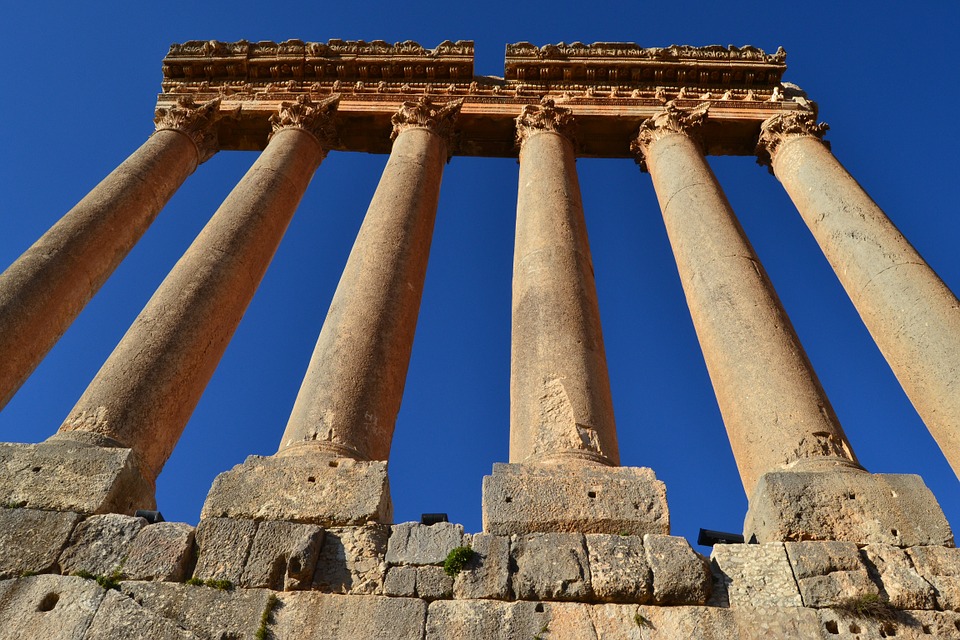
The Great Court which precedes the Temple of Jupiter, impresses with its titanic dimensions of 89 m long by 50 wide. Today, only 6 of the 54 Corinthian columns that once surrounded it remain. But their decorative frieze embellished with lion heads and bulls is still visible. Further and smaller, the temple of Bacchus is revealed by its entrance sculpted with grapes, poppies and bacchanalian scenes.
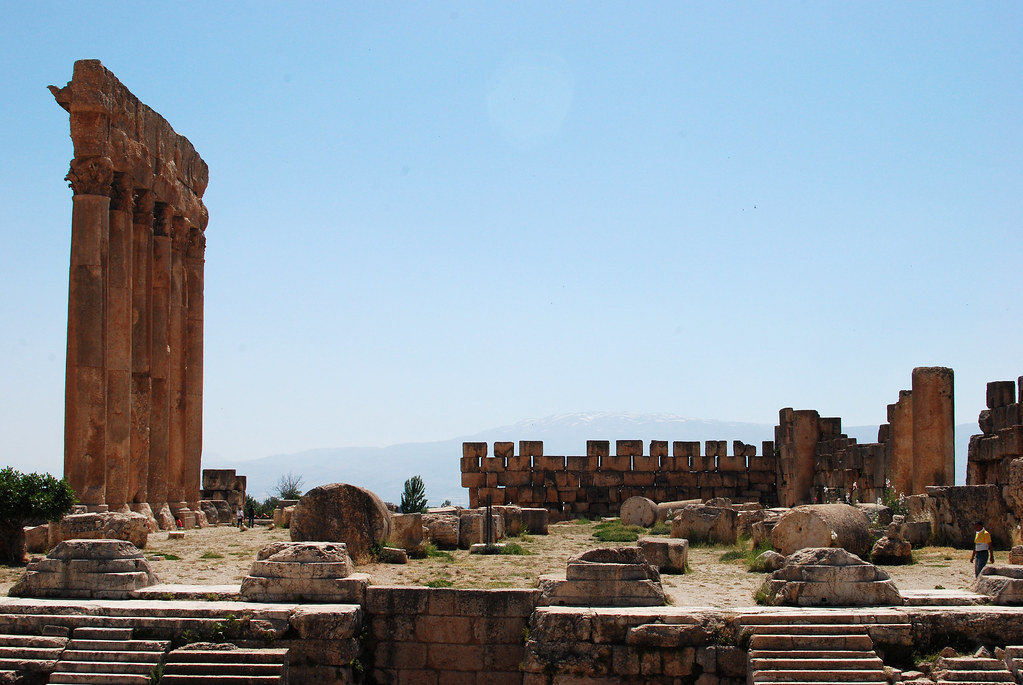
Not far from there, the temple of Venus is distinguished by its shape very close to a horseshoe. It is embellished with sculptures of shells and doves, in homage to the famous goddess.



